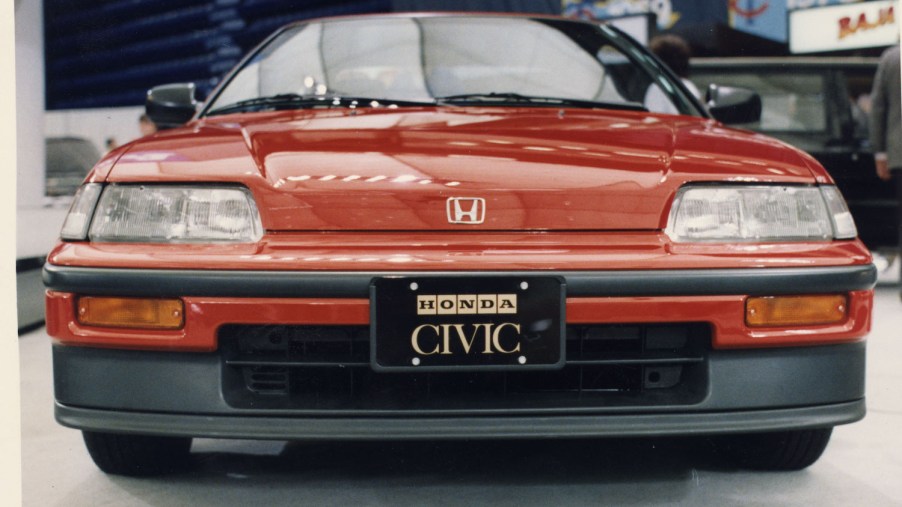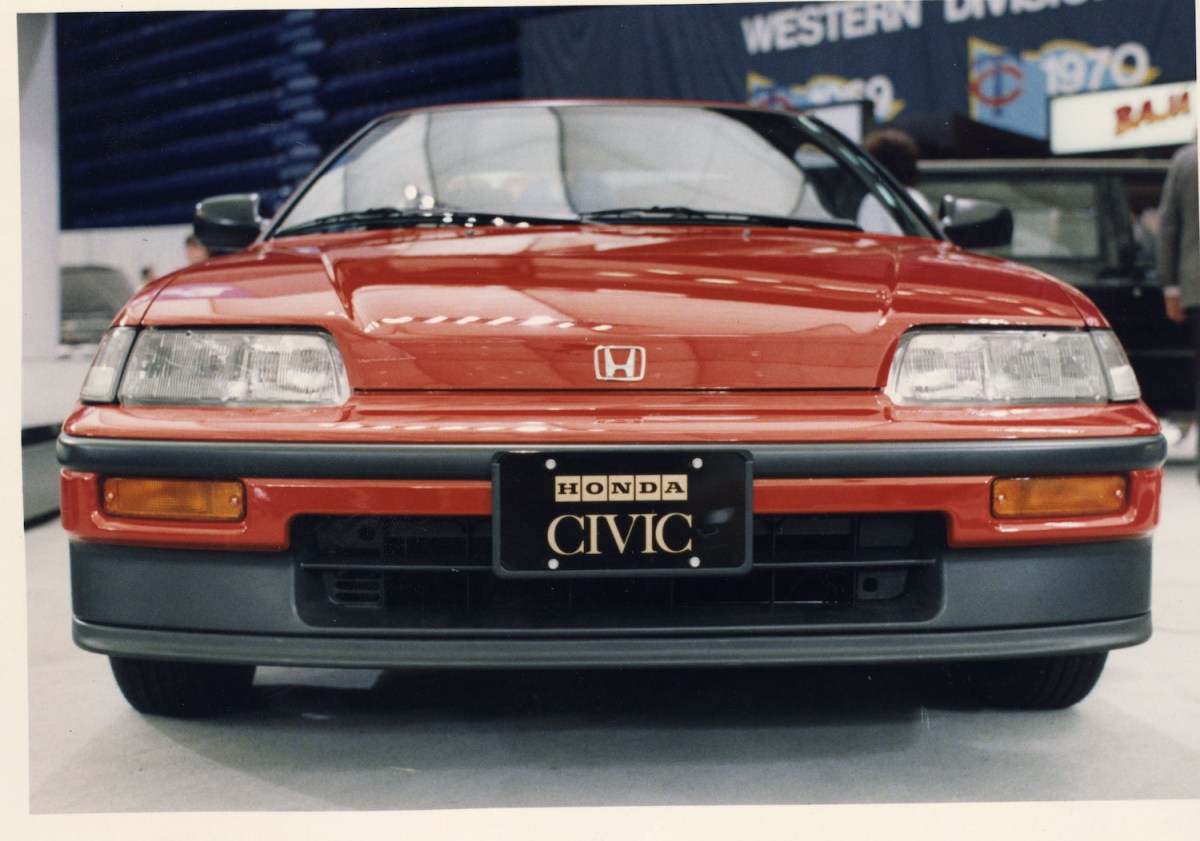
Honda’s B Series Civic Can Make 1,000 Horsepower
Contrary to popular muscle-car-bound belief, there absolutely is a replacement for displacement. It’s called boost. A boosted four-cylinder doesn’t have nearly the same bellowed grunt as a V8, but some of them are capable of horsepower numbers big enough to shut down the naysayers. It’s not exactly unheardof either. BMW made F1’s most powerful engine ever in the early 1980s, when it built the legendary M12. It was a 1.5-liter turbocharged inline four which, while in qualifying trim, could make 1,400 horsepower. That means, with proper modifications of course, that the B series is on F1 levels of power.
What is the B Series?
Honda introduced the B-series engine in 1988 as a performance engine and brought VTEC into the world. The B series used an aluminum block with cast aluminum heads, had an open deck and at its production peak made 200 horsepower. The B-series had several variants in 1.6, 1.8 and 2.0-liter displacements, and depending on its variant could have up to 11:1 compression.
How to get power out of a B-series engine
Like any other engine it comes down to naturally aspirated or forced-induction power. Without a turbo, owners can push 500 horsepower from the little 1.6-liter block by upgrading the cylinder sleeves or providing a cylinder support system. At this point in time these engines are old enough to warrant a valvetrain replacement, so that should be priority one. To get the illustrious 1,000 horsepower figure, some more drastic steps need to be taken besides a turbo.
What is a Cylinder Support System?
Open deck engines can crack fairly easily if enough horsepower is achieved. Unfortunately, the B-series engines are open deck, and when a tune pushes the redline past its stock value, the sleeves can fail. Thankfully there is a way around this little setback. Fabrication shops will reinforce the cylinder sleeves with a cylinder support system.
CylinderSupportSystem, the self-proclaimed “Kings of Closed Decking” use aircraft-grade aluminum which inherently draws heat away from the combustion chamber. Every shop has its own way of strengthening the sleeves, and depending on how much horsepower is desired, reinforcing cylinders in a B16 can cost as little as $350.
How to get a 1,000 horsepower B-series engine

After replacing the valvetrain and reinforcing the sleeves, it’s time to get cracking. B-series internals make it a long way up the horsepower ladder, but to reach 1,000 it’ll need something burlier. Builders recommend, for high boost applications, new pistons, rings, rods, and main bearings. The next round of upgrades involves turbocharging it. A stock head will run up to 18 psi of boost with a built bottom end, and a Prostreet 1,000 horsepower turbo kit starts at $4,000. After that all it needs a proper tune.
What’s the catch
All of this seems pretty great. After all, just the thought of 1,000 horsepower out of a tiny engine is enough to salivate over. However, it’s expensive. A B16B, for instance, runs almost $12,000, without the turbo kit or the rebuilt bottom end. Some owners have saved money by going with the B16A and rebuilding it, with the VTEC head. A B16A goes for around $2,500. After all of this, is it worth the money? At the end of the day, it’s a built, 1,000 horsepower engine with Honda reliability. Of course it’s worth it.


